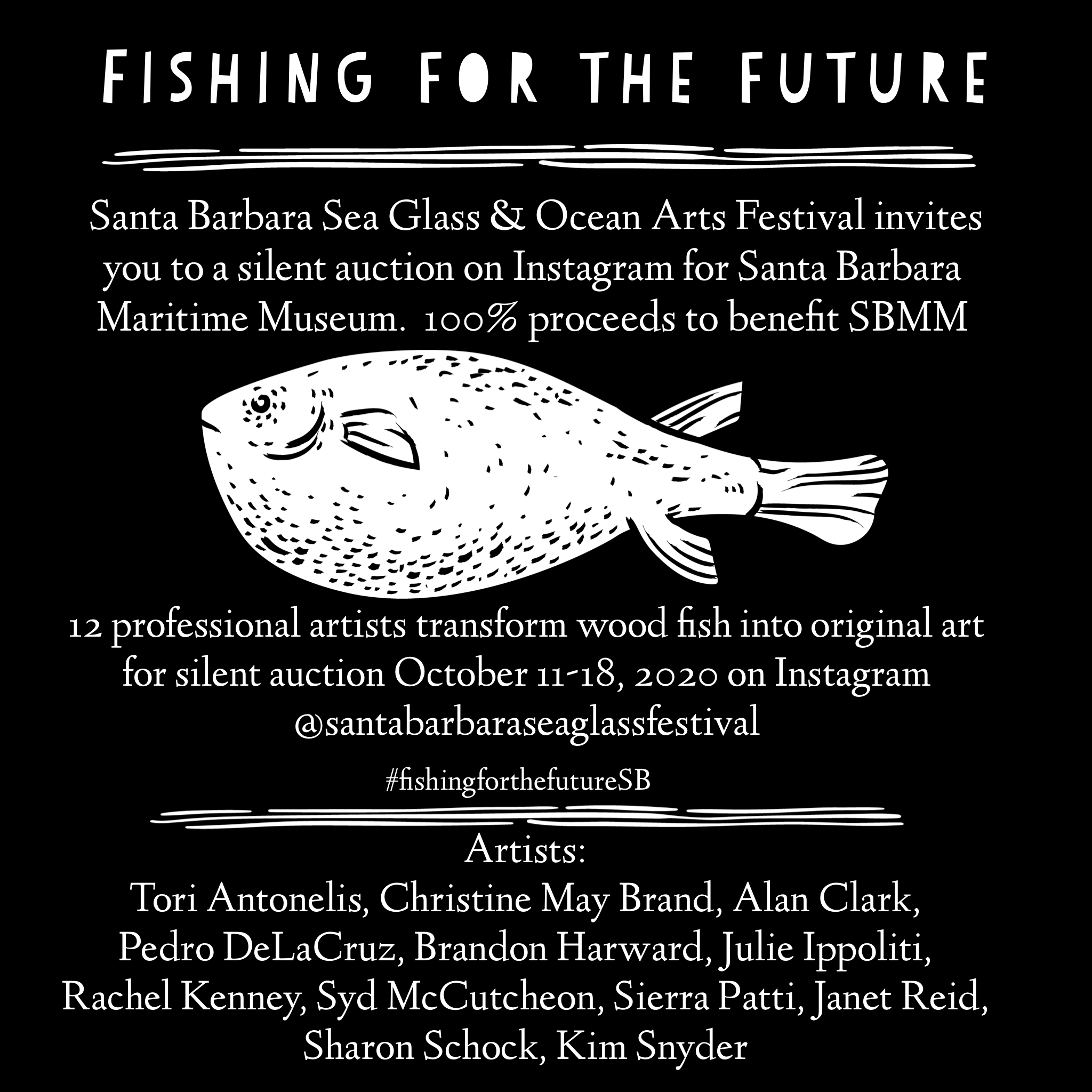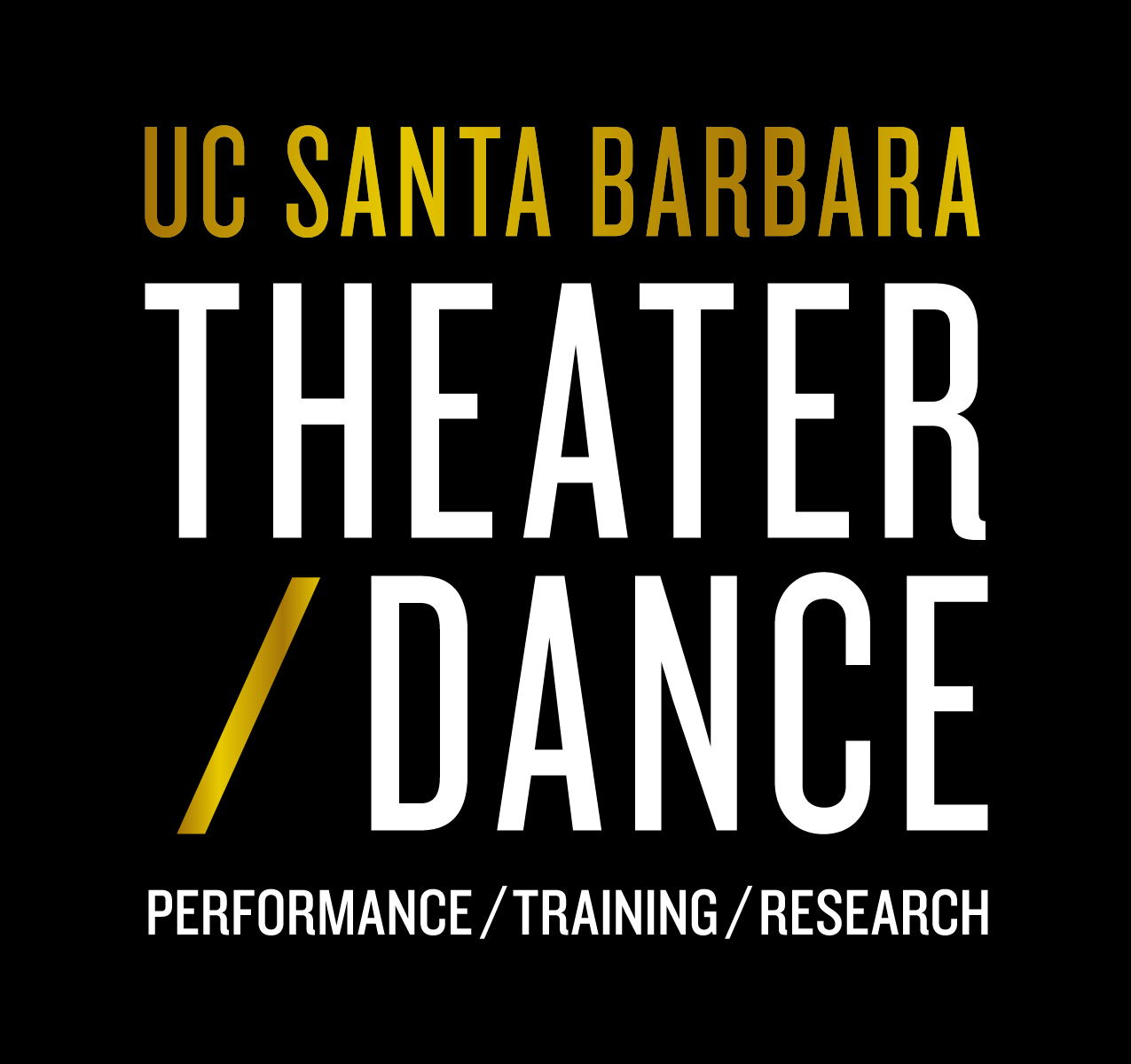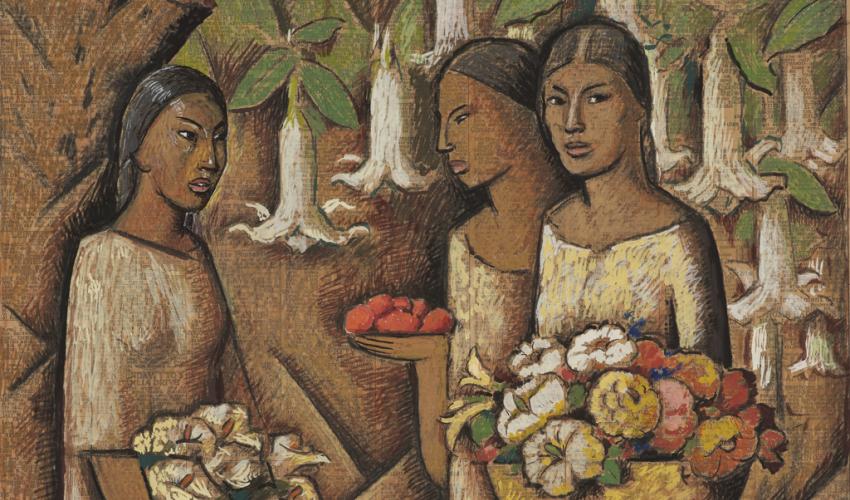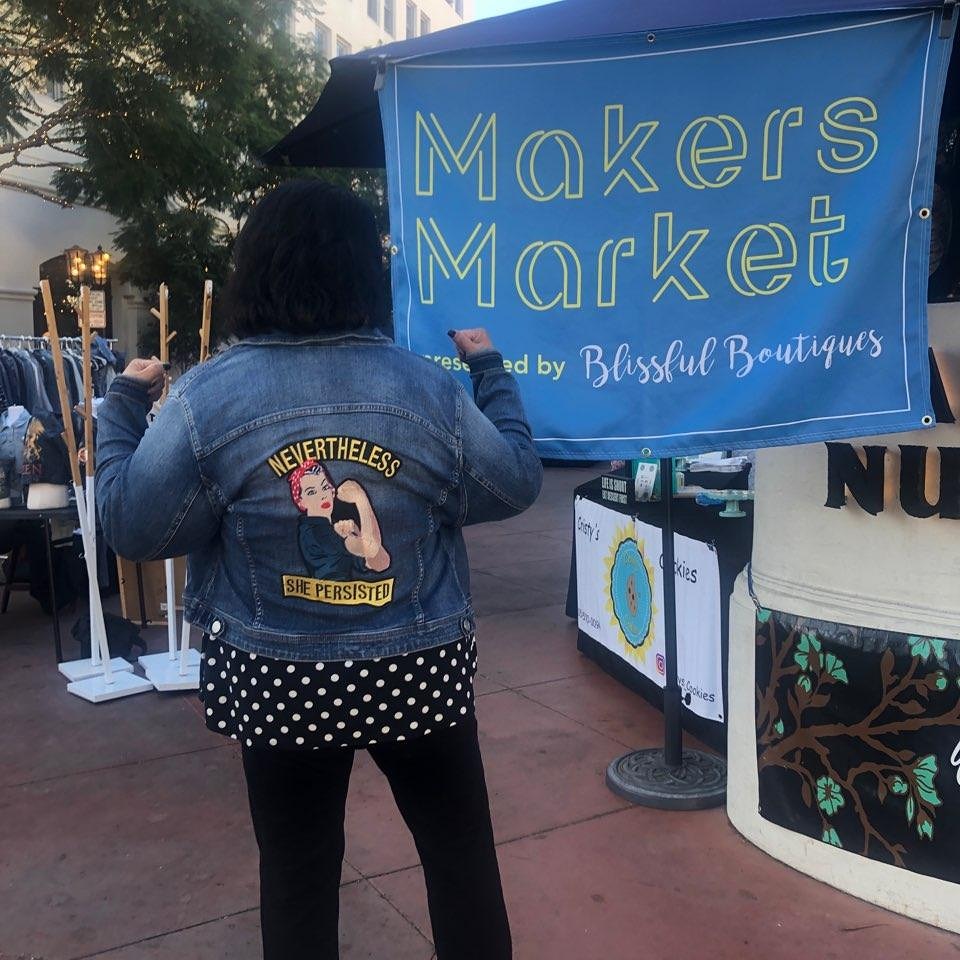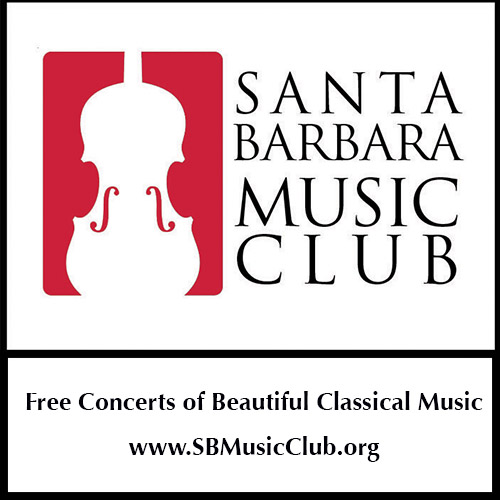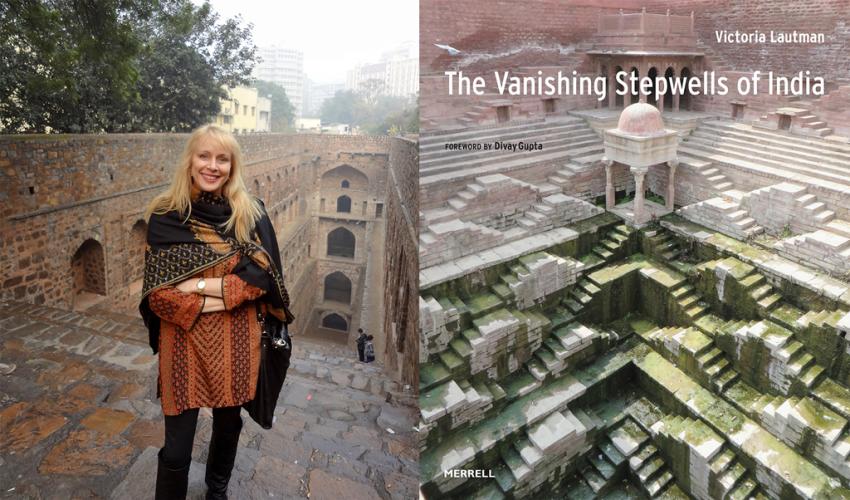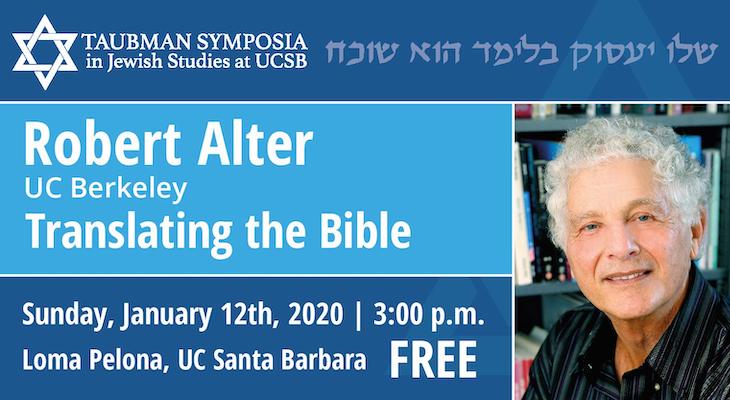On Saturday, January 11 at 3:00 p.m. the Santa Barbara Music Club will present another program in its popular series of beautiful classical-music concerts. Today’s program includes flutist Suzanne Duffy and pianist Kacey Link performing Ernst (Ernő) von Dohnányi’s Aria, Op. 48, No. 1, the world premiere of Katherine Saxon’s Forgotten Memories, and the Cantabile et Presto by Georges Enescu. Next, Eric Valinsky plays his Sonata No. 5, “Harsher Landscapes,” followed by Neil Di Maggio’s interpretation of the Johannes Brahms Rhapsody in E-flat, Op. 119, No 4 for piano. The program concludes with Andrea and Neil Di Maggio’s performance of Carl Reinecke’s Ballade for flute and piano. This concert will be held at First United Methodist Church, 305 E. Anapamu Street at Garden, Santa Barbara. Admission is free.
Amid the surge of Modernism, Hungarian composer Ernst (Ernő) von Dohnányi (1877–1960) distinguished himself as a paragon of Romanticism. His style remained consistent through his last opus number, which includes the Aria, Op. 48, No. 1, for flute and piano, performed this afternoon by flutist Suzanne Duffy and pianist Kacey Link. Dohnányi dedicated the Aria to the virtuoso flutist Ellie Baker, who wrote the work is “a billowing and passionate little piece brimming with romance and longing.” She continues that the work recalls the music of Brahms, a towering figure in Dohnányi’s formation as a composer.
Suzanne Duffy and Kacey Link continue with the world premiere of Katherine Saxon’s (b. 1981) Forgotten Memories. The composer offers the following words about the piece: “Memory is fallible, imprecise and changeable. Each time we draw a memory to the fore of our mind we re-remember it, changing details and forgetting others. Memories can be fabricated: childhood photographs and stories create memories of memories we have forgotten … My father’s ancestors fled the Russian Empire during the 19th century during implementation of anti-Semitic policies. Immigrants, refugees, or even, perhaps, fugitives, they changed their names like people change clothes, to hide, to blend in, to forget. Through creative forms of remembering and misremembering, this piece reflects on ideas of roots, family, loss, and how, even in the absence of memories, we imagine stories to tell us who we are.”
Duffy and Link conclude their set with the Cantabile et Presto by Romanian composer Georges Enescu (1881–1955), who, by all standards, was a prodigy. His musical pursuits brought him to Paris in 1894—at age 16—and he studied with Massenet and Fauré. Despite his young age, critics considered his music mature. Ten years later, Enescu became a member of the examining committee at the Conservatoire de Paris, and he composed challenging works for students to perform at their juries. Among them was the Cantabile et Presto. The work allows the performers to explore the expressive sonorities and challenges of the instruments in the former movement and virtuosity in the latter movement.
Of Eric Valinsky’s Piano Sonata No. 5, “Harsher Landscapes,” the composer writes: “Harsher Landscapes is dedicated to Clay Taliaferro, who originally commissioned the work in 1979 for a dance he choreographed for the Davis Center Dancers. It was revised and expanded twice, finally in 1983 to produce a concert version. This concert version was choreographed by Lizabeth Skalski for the New American Ballet Ensemble in New York. The piece is in one movement, made up of several small sections, some of which recur, and most of which cover the tonal areas of E major and minor as well as the relative keys of G major and minor. Out of the small sections, three major sections may be discerned: an opening waltz-like section; a slow, meditative section; and a final section, virtuosic and fast, during which the waltz returns. I often think of how at the Music Club we promote our “concerts of beautiful classical music.” I’d like to think that this piece has its moments of beauty, but in all, it portrays a pretty harsh, nasty landscape, perhaps evocative of an intense, passionate relationship gone wrong—which I believe was the unspoken intent of the original choreographer.”
Pianist Neil Di Maggio continues with the Rhapsody in E-flat, Op. 119, No 4, by Johannes Brahms (1833–1897). Brahms composed the work in 1893, towards the end of his life, and grouped it with a set of three additional miniatures. The “Rhapsody” therefore belongs to the Klavierstücke, Op. 119—the last set of solo piano works in the composer’s catalog. In the “Rhapsody,” Brahms conveys brightness, joy, and ebullience while exploring a five-bar phrasing structure. The second section contrasts with the first by way of a slower, tender mood. For all the optimism of the piece, however, the piece ends in the parallel E-flat minor. It comes as quite a dark, almost shocking turn.
The prolific German composer Carl Reinecke (1824–1910) gained the admiration of several towering figures in Western art music circles, namely Brahms, Liszt, Mendelssohn, and Schumann. Although the Ballade for Flute and Piano, Op. 288 has not received the acclaim as other works in his oeuvre, it bears the distinction of being his final composition. He wrote the Ballade in 1908 at the age of 84. Like several composers within this afternoon’s program, Reinecke was steeped in the musical world’s inexorable move towards modernity. Yet works like the Ballade, as Andrea and Neil Di Maggio show, demonstrate the notion that several composers held fast to the Romantic idiom.
Santa Barbara Music Club concerts are free to the public, and display a wonderful diversity of historical musical periods and compositional styles, including beloved masterworks and exciting new and seldom-heard repertoire. Of the series, the Santa Barbara Independent exclaimed: "A beautiful day, a beautiful room, beautiful music ... who could ask for more?" and Gerald Carpenter in Noozhawk.com declared, "Every Santa Barbara Music Club concert that I have ever attended has been a sensory joy as well as a consciousness expansion."
A valued cultural resource in the community since 1969, the Music Club's mission is threefold:
(1) Presentation of an annual series of concerts, free to the public.
(2) Aiding and encouraging musical education by the disbursement of scholarships to talented local music students.
(3) Presentation of community outreach activities, including bringing great music to residents of area retirement homes.
For information on this or other Santa Barbara Music Club programs and performing artists, visit SBMusicClub.org.



